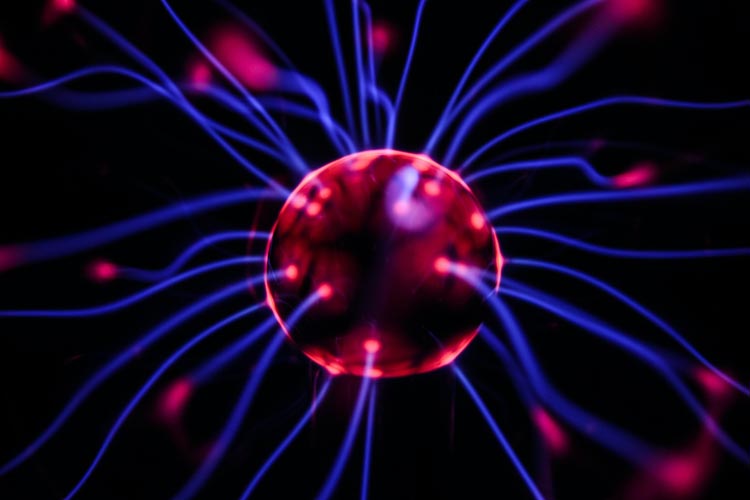
Transcranial Magnetic Stimulation
Transcranial Magnetic Stimulation, or TMS therapy, is a newer form of treatment for specific medical and mental health issues. This treatment uses non-invasive methods to stimulate areas of the brain using electromagnetic pulses. Treatment is performed in an outpatient setting. A treatment course generally spans four to six weeks, with treatment sessions occurring five days a week.
What Can TMS Treat
TMS is currently FDA approved to treat medication-resistant depression. Other conditions that may benefit from TMS include:
- Anxiety
- PTSD
- OCD
- Fibromyalgia
- Phobias
- Substance Use Disorder
- Stroke Rehabilitation
- Alzheimer’s
- Dementia
- Parkinson’s Disease
- Schizophrenia
- Multiple Sclerosis
What To Expect
During your initial consultation, a doctor will perform a thorough intake, evaluate your medical history, and perform a physical exam. The doctor will verify if you are a candidate for TMS treatments. Once your eligibility has been determined, your first session will be scheduled.
Your First Session
Your first session will consist of a technician mapping your brain using the TMS machine and finding the correct placements for each series of electromagnetic pulses. You will be given earplugs to minimize the sounds of the machine, and you will be fitted with a felt cap that will be marked for mapping and placement purposes. The TMS machine’s helmet will be lowered onto your head. The technician will put pressure on the helmet to help the machine connect with different areas of your head. They will fire the machine manually and observe your physical responses to the placement. Your fingers or toes will jerk when a proper placement and connection has been found. When the device is on and active, you will hear loud clicking sounds and may feel a knocking sensation under the cap. You may feel a tingling or buzzing sensation during the treatment. Sessions can take anywhere from thirty to sixty minutes. You will be able to drive yourself home or to work following your treatments.
Side Effects
Common side effects of TMS can include mild headache, minor lightheadedness, scalp discomfort, minor neck discomfort, or minor drowsiness. Uncommon side effects may consist of a risk of seizure and facial twitching.
Cost
One course of TMS may cost between $6,000 and $12,000 out of pocket. Still, many insurance plans will cover the treatment with proper documentation and proof of prior attempts with medication treatment for depression. For other conditions, you may have to pay out of pocket or wait for FDA approval. Many TMS clinics offer financing or payment plans.
If you feel that you may be a good candidate for TMS, speak with your psychiatric provider to discuss your options or contact your local TMS clinic to schedule a consultation. Most clinics will offer a free consultation and will be happy to answer any questions or concerns you may have about Transcranial Magnetic Stimulation.
